|
Highlights
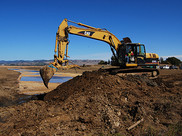
NOAA Fisheries has announced the availability of up to $4 million in Community-based Restoration Program funding for new coastal and marine habitat restoration projects in 2020. We are seeking proposals from non-federal partners for projects that will help recover threatened and endangered species and promote sustainable fisheries. Contact: Natalie McLenaghan.
|
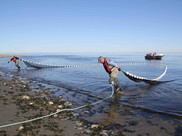
The NOAA-Washington Department of Veterans Affairs Veterans Conservation Corps Internship Program allows veterans to be part of marine science research teams working in a range of disciplines related to the health of Puget Sound, including salmon recovery and ocean acidification. Contact: John Floberg.
|
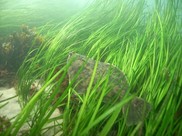
NOAA Fisheries works to identify and protect essential fish habitat—the underwater areas that fish call home. Protecting habitat ensures sustainable fisheries, thereby bringing sustainable seafood to your plate. Contact: Katherine Sheppard.
|
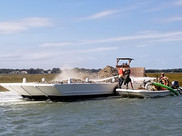
Thanks in part to NOAA funding, construction at oyster reef sites in the Lynnhaven River in Virginia Beach, is under way once again after a roughly two-year hiatus. Partners in the Hampton Roads Oyster Restoration Workgroup are working toward a goal of 154 acres of healthy oyster reef in the Chesapeake Bay tributary. Contact: Andrew Larkin.
|
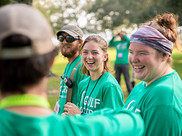
This fall, the third cohort of GulfCorps conservation corps members went through their week-long orientation to get ready for a year of habitat restoration projects ahead of them. GulfCorps trains young people from Gulf Coast communities with job and leadership skills. This year’s inspiring group included more than 100 folks aspiring to have careers in conservation. Contact: Laurel Jennings.
|

Last year featured high rainfall amounts around the Chesapeake Bay watershed, but 2019 saw much less rain. What does that mean for salinity in the Bay, the fish and crabs that live there, and the anglers who enjoy fall fishing? Contact: Kim Couranz.
|

NOAA Fisheries recently hosted two habitat workshops in the Chesapeake Bay region—one in Maryland and the other in Virginia. At the workshops, NOAA staff discussed fish habitat issues and priorities with representatives from recreational angling organizations. This was a prime opportunity for the recreational community to provide their input into current and future habitat work in the Chesapeake Bay. Contacts: Kevin Schabow, Emily Farr
|
|
|
Habitat Across NOAA
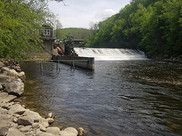
Big rivers with big dams get big attention. But when we evaluate fish passage projects, we look beyond the size of the river. Sometimes that means restoring smaller tributaries. These fish passage projects in New England tributaries are yielding inspiring results. Contact: Bill McDavitt.
|

Immerse yourself in an interactive map telling the story of $28 million secured to restore habitat in five states, Puerto Rico, and Washington D.C. The seven cases included five hazardous waste sites, one oil spill, and one ship grounding. Restoration efforts will benefit local economies and ecosystems. Contact: Megan Ewald
|
|
|
In Case You Missed It...
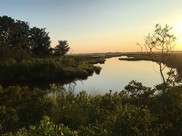
Do you know someone deserving of special recognition for outstanding leadership and achievements in the conservation and restoration of our nation's wetlands? If so, we invite you to nominate them for a National Wetland Award by December 20. Contact: Brenda Rupli.
|
The Nature Conservancy recently released a new comprehensive guide for establishing shellfish reef restoration projects. It provides guidance in decision-making and examples of different approaches by experienced practitioners in a variety of settings. This new guide expands on a previous Practitioners Guide for the Design and Monitoring of Shellfish Restoration Projects.
|
|
|
|